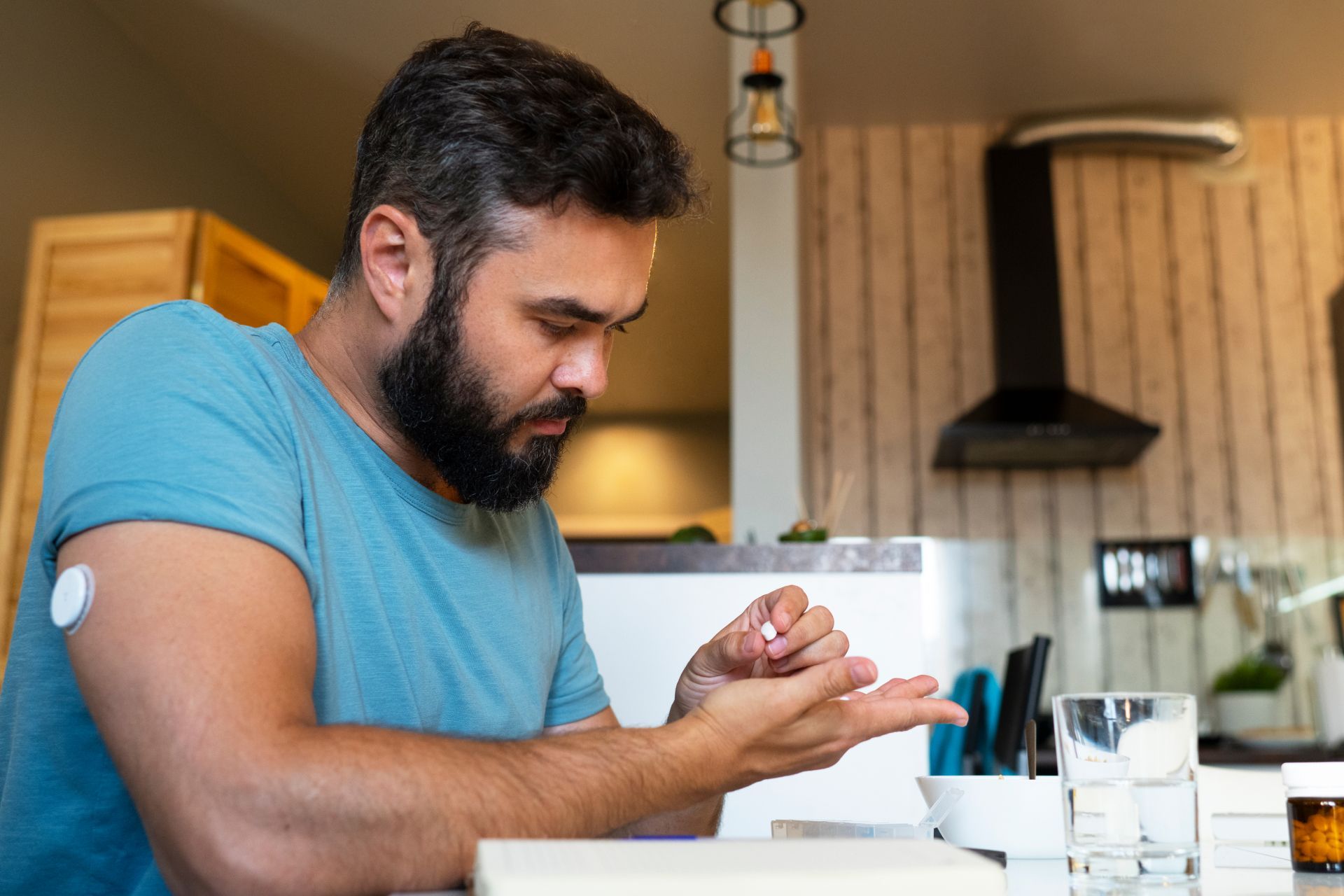Avant Psychiatry Blog

September is National Recovery Month. During this time several efforts are made to raise awareness about substance use disorders. The importance of treatment, recovery, and community support is highlighted. For many families, watching a loved one struggle with alcohol use disorder (AUD) can feel overwhelming. Recovery is a journey that involves the person with the disorder as well as the family. Recovery does not happen overnight; it is an ongoing process that may involve therapy, medications, support groups, and lifestyle changes. Family members play a vital role in creating a safe and encouraging environment that fosters sustained recovery. Supporting your loved one can provide short- and long-term sobriety. Let’s talk about some ways families can support a loved one recovering from AUD while also taking care of themselves.

Many individuals tend to notice shifts in their mood, energy and motivation as days grow shorter, and sunlight fades earlier in the day. Seasonal Affective Disorder (SAD) is a form of depression linked to changes in daylight exposure. According to the National Institute of Mental Health (NIMH), SAD affects 5% of adults in the US each year. Symptoms typically begin in the fall and last throughout the winter months. There are proactive steps you can take now to mentally prepare for the season change. This blog explores what SAD is, why it happens and how you can protect your mental health during the darker months.

Seasonal changes, whether moving from winter to spring or summer to fall, affect more than just the weather. For many people, these transitions influence mood, energy, and overall mental wellness. Some may notice changes in sleep, appetite, motivation, or irritability. For those with underlying mood disorders or seasonal affective disorders (SAD), these shifts can feel challenging. By understanding the biological, environmental, and social elements involved, people can develop resilience and even flourish amid these changes. Resilience is not about avoiding stress, it’s about learning to navigate change with flexibility, self-awareness, and proactive strategies. And while seasonal changes often refer to shifts in environment, they can also represent the seasons of life where the highs and lows shape us. These seasons serve as a reminder that change is frequently necessary for growth.

October is recognized as ADHD Awareness Month, a time to highlight the realities of Attention-Deficit/Hyperactivity Disorder, reduce stigma, and share practical strategies that support those living with it. ADHD is a neurodevelopmental condition that affects millions of children and adults worldwide, but it is still widely misunderstood. For many, ADHD is thought of as simply being overly energetic or easily distracted. However, ADHD is far more complex, involving brain-based differences in attention, impulse control, and regulation of activity. Raising awareness is important because with proper understanding, treatment, and support, people with ADHD can thrive in school, work, relationships, and beyond.

National and international health guidance agencies have placed high emphasis on the critical need to mitigate Social Isolation among older adults. The 2023 Surgeon General’s Advisory declared social disconnection a national health crisis. The World Health Organization(WHO) has called loneliness “a significant determinant of mental health in older age”, rating social isolation and loneliness among older adults a public health priority. The CDC has similarly spotlighted “Social connection” among older adults as a determinant of health that impacts both a person’s mental and physical health. CDC further stated that social isolation increases the risk of premature death from all causes. The National Institute on Aging similarly stated that social isolation may accelerate mental aging and worsen psychiatric vulnerability

If there’s one thing nursing has taught me, it’s that anxiety has a way of stealing people’s breath. I’ve sat with patients who whispered, “I can’t breathe” while their oxygen levels were perfectly fine. What they were really describing was the tight grip of panic. That stuck with me. Because even before I began my journey to become a Psychiatric Mental Health Nurse Practitioner (PMHNP), I understood how scary that feeling is. Anxiety makes the body feel unsafe, even when you are safe. And often, the breath is the first place it shows up.




